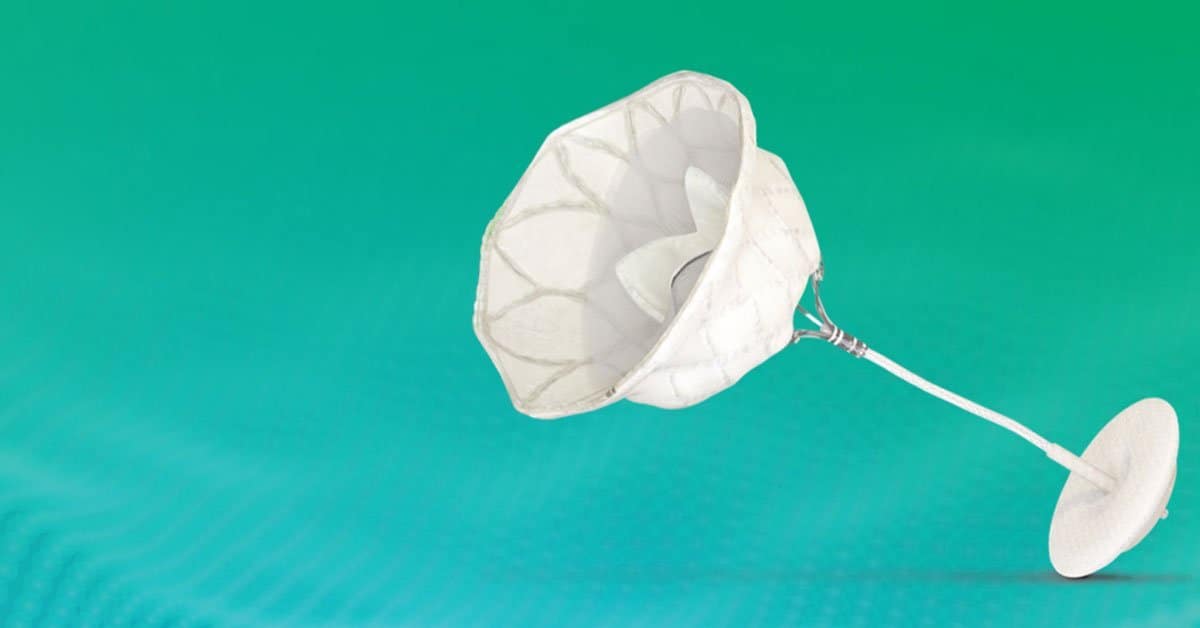The landmark myPACE trial found that patients with HFpEF who have their pacemakers’ set to a higher backup resting heart rate reaped important health benefits. The findings challenge the long-standing belief among cardiologists that patients with HFpEF and diastolic dysfunction benefit from lower heart rates.
The authors screened 1,500 patients with HFpEF and randomly assigned 107 of them to receive either standard pacing at 60 bpm or a higher rate based on age, height, and ejection fraction. The screening process was so selective because they only included those with existing pacemakers that allowed the researchers to increase the heart rate without exacerbating RV dyssynchrony.
At one year, the personalized accelerated pacing led to improvements in…
- NT-proBNP levels (-109 pg/dL vs. +128 pg/dL)
- Physical activity levels (+47 minutes/day vs. -22 minutes/day)
- AFib (27% relative risk reduction)
The Takeaway
The study rewrites the long-held view that lower pacing is better for people with HFpEF. Of course, this is just one, small RCT, and larger scale studies are necessary to confirm the findings. Interestingly, the findings do align with a 2021 study that found that beta blocker withdrawal in HFpEF patients improved maximal functional capacity.






